
- Home
- News
- Analysis
- States
- Perspective
- Videos
- Education
- Entertainment
- Elections
- World Cup 2023
- Features
- Health
- Business
- Series
- Economy Series
- Earth Day
- Kashmir’s Frozen Turbulence
- India@75
- The legend of Ramjanmabhoomi
- Liberalisation@30
- How to tame a dragon
- Celebrating biodiversity
- Farm Matters
- 50 days of solitude
- Bringing Migrants Home
- Budget 2020
- Jharkhand Votes
- The Federal Investigates
- The Federal Impact
- Vanishing Sand
- Gandhi @ 150
- Andhra Today
- Field report
- Operation Gulmarg
- Pandemic @1 Mn in India
- The Federal Year-End
- The Zero Year
- Premium
- Science
- Brand studio
- Home
- NewsNews
- Analysis
- StatesStates
- PerspectivePerspective
- VideosVideos
- Entertainment
- ElectionsElections
- Sports
- Loading...
Sports - Features
- BusinessBusiness
- Premium
- Loading...
Premium
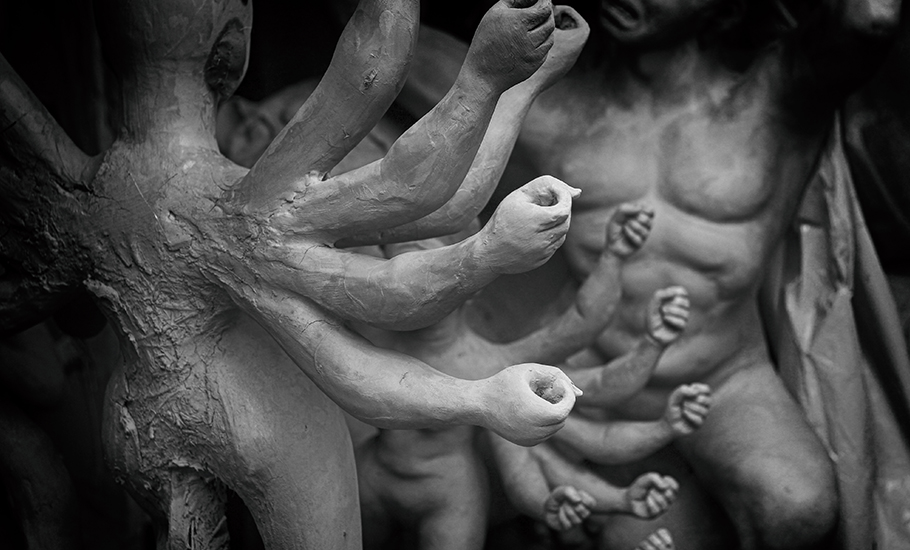
Decades on, potters’ colony of Kolkata awaits divine intervention

Amid rows of small and cramped studios located in a maze of equally narrow alleys in an old quarter of Kolkata, divinity is transforming from ‘Chinmayee’ to ‘Mrinmayee’. According to Hindu religious philosophy, Goddess Durga is manifested in these two forms. The word ‘Chinmayee’ is derived from the Sanskrit word chit, meaning consciousness. Thus, Chinmayee is the one whose essence...
Amid rows of small and cramped studios located in a maze of equally narrow alleys in an old quarter of Kolkata, divinity is transforming from ‘Chinmayee’ to ‘Mrinmayee’.
According to Hindu religious philosophy, Goddess Durga is manifested in these two forms. The word ‘Chinmayee’ is derived from the Sanskrit word chit, meaning consciousness. Thus, Chinmayee is the one whose essence is pure consciousness and eternal. Mrinmayee, on the other hand, is the earthly form of the goddess. Her essence is mortal and therefore transient. The word Mrinmayee has its origin in Sanskrit word mrit, meaning earthly or clay. Mrinmayee is the portrayal of the goddess as a clay idol.
During Durga Puja, it is the Mrinmayee form of the goddess that is being worshipped. The puja rituals begin on Sashti, the sixth day of Navratri. According to the legend, the deity is worshipped on the day as Katyayani, the daughter of sage Katyayan.
Pleased with the devotion of Katyayan, who had undertaken severe penance to get goddess Parvati as his daughter, the deity took birth as a girl child to the sage, so goes the story. Philosophically, it depicts the transition of the conscious form or the spirit into mortality.
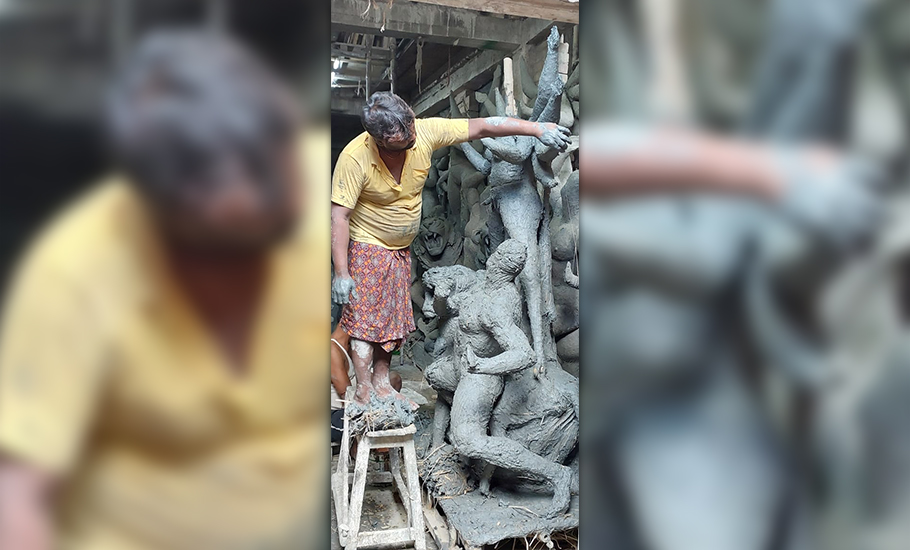
On Sashti, the puja begins with ‘bodhan’, which is in a way a conversion ritual that transforms pure consciousness into its mortal form — a loving and protecting mother of flesh and blood. Thus, Chinmayee is invoked to take the Mrinmayee form.
The first step in this ‘evolutionary process’ is the making of the clay idol that begins months ahead of Durga Puja.
A place that has become almost synonymous with this Hindu festival is Kolkata. The Durga Puja festival of Dominique Lapierre’s City of Joy was included in UNESCO’s list of intangible cultural heritage in December 2021.
This intangible heritage is nowhere more palpable than in Kumartuli, the potter’s colony in the northern fringe of the city by the river Hooghly, an eastern distributary of the Ganga.
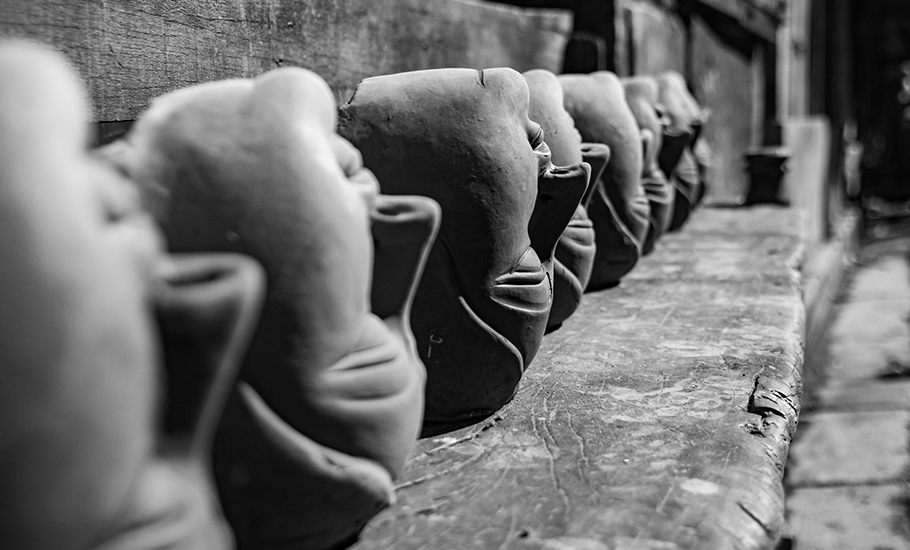
Here, in about 450 artisan studios, the clay idols of the goddess are made for puja pandals in Kolkata and beyond. The process is intricate as well as delicate, befitting the solemnity of the work.
“We first make a bamboo or wooden framework of the idol. Then it is wrapped with specially cut dried straw to give an outline or initial shape,” Gobindo Pal, an idol-maker in Kumartuli, told The Federal.
For the outline, a special type of straw is brought, mainly from the Sundarbans.
“The structure then gets a ‘skin’ of soft clay,” Pal added.
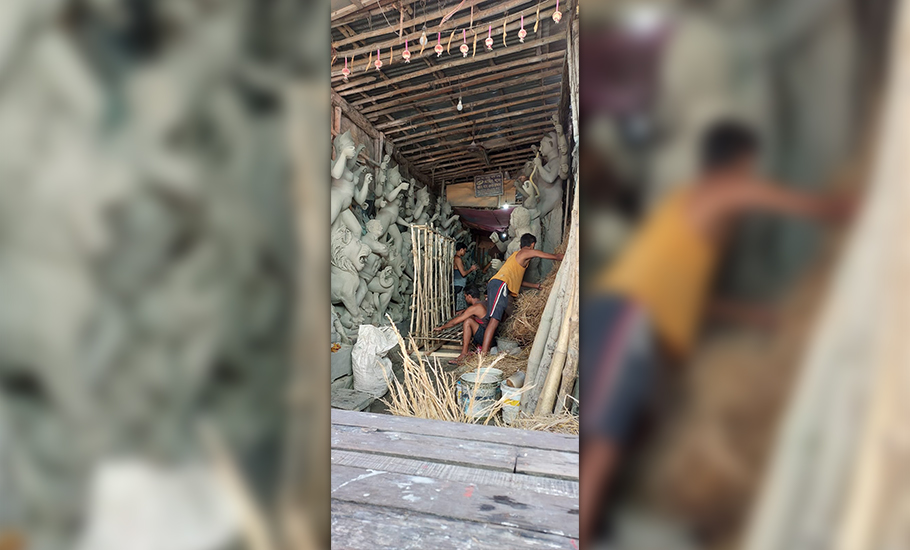
Two clay variants are generally used for making the layers of the idols – entel maati, which is sticky black clay, and Ganga maati, soft white clay from the river bed.
Pal said the clay is generally brought by boats down the Hoogly river from far off villages. The raw clay is then mixed with cow dung, cow urine, mud from the river and with Punya Maati – clay collected by the priests from the doorstep of brothels. This is because clay from brothels is considered blessed or pure. As per one religious belief, people who visit a prostitute leave behind their virtue and purity outside the threshold of her house.
Whatever may be the reason attributed to the Punya Maati, the practice also signifies the inclusion of all sections of society in the festivity without any prejudice, pointed out Pal.
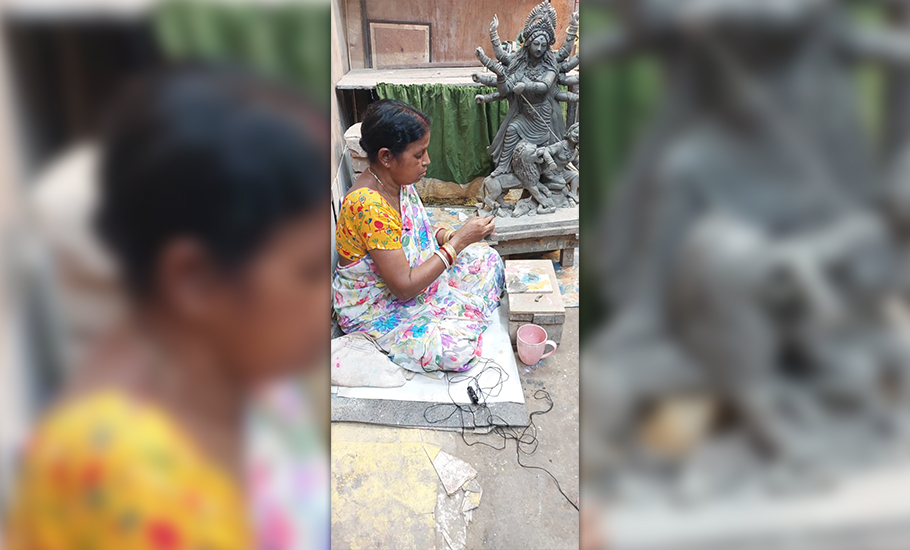
This spirit of inclusion makes Durga Puja more of a social festival than a religious ritual. Kumartuli holds aloft this spirit by continuously defying prejudices to make their workshop more inclusive.
“Earlier women were not allowed to make idols. Even when I was initiated into this work by my elder brother after the demise of my father in 1985, there were only a handful of women making idols,” said Mala Pal, an award-winning sculptor and sister of Gobindo Pal.
Many women, including a sexagenarian Jaba Pal, are now involved in idol making in Kumartuli.
The gender bias, however, is not the only barrier the potter colony has breached.
Following the victory of the British East India Company over Siraj-ud-Daulah, the last independent Nawab of Bengal in the Battle of Plassey in 1757, the company started developing settlements in what is today called Kolkata. Many rich local people came to settle in the newly established township with the Britishers. The natives mostly occupied neighbourhoods on the northern fringe. These families used to organise grand Durja Pujas at their homes annually. And for that they needed artisans to make idols. The Pals of Krishnanagar were experts in the art.
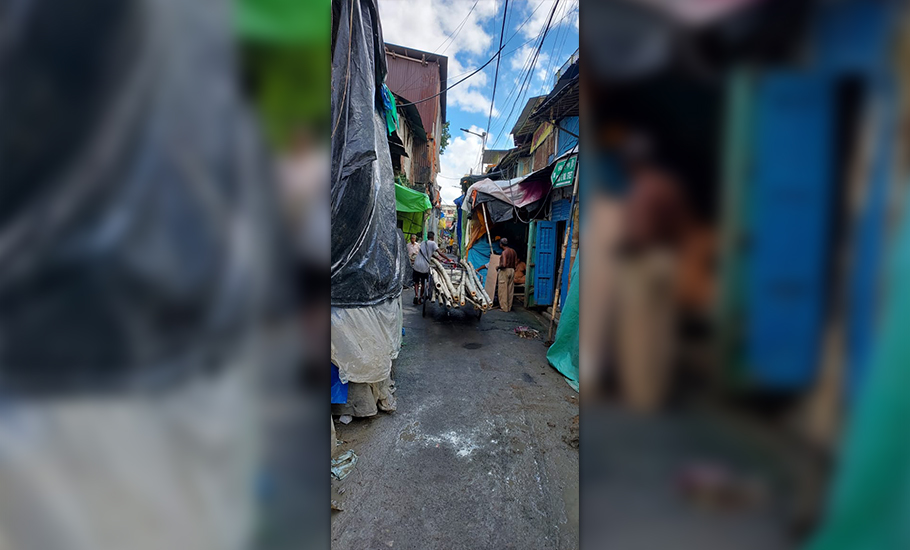
According to some accounts, it was Raja Nabakrishna Deb, who brought the Pals to Calcutta (now Kolkata) from Krishnanagar (now the headquarters of Nadia district) as he wanted to celebrate Durga Puja to commemorate the British victory at the Battle of Plassey. To make the idol, he summoned a young Pal family from Krishnanagar. Eventually, as other well-to-do families took to Durga Puja to flaunt their wealth, more and more Pal families started to move to Kolkata for work. They then sought permanent residence for their families and apprentices. The place the Pals started settling came to be known as Kumartuli from the Bengali word ‘Kumore’ meaning potter.
Traditionally, it was only the Pals who made the idols, a prejudice that continued for centuries. But this tradition is slowly changing in the narrow lanes of Kumartuli. Many young people from other castes too are coming forward to learn the art of idol making, which was once an exclusive domain of the Kumhars, said Mala Pal. “I have around 30 students. Some of them are Brahmins as well,” she told The Federal.
Her initiative assumes significance as the art of clay idol making is dying a slow death because of a lack of interest among the new generation of Kumhars, who are taking up more “lucrative and rewarding” professions.
“The new generation is not showing much interest in this profession, which is a very alarming sign for the survival of the art. That is why I have decided to train others,” Mala Pal added.
The government’s apathy to a certain extent is also responsible for the younger generation losing interest in the art form.
It takes months of painstaking labour to shape an idol. In return, sculptors do not get proper monetary value for their hard work. “The prices of idols have not increased proportionately to the cost of raw materials. The profit margin is very less. We work mostly out of passion,” said Pal.
Barring a few, most sculptors essentially have a hand-to-mouth existence. It reflects in the dilapidated condition of their workshop, many of which do not even have a proper roof.
The state government, which spent crores of rupees to promote Durga Puja as a mega tourist event, is sitting over a plan for over two decades to give a facelift to Kumartuli, which includes ensuring a better working and living environment for the sculptors and their families. The plan prepared by the then Left Front government in 2000 also included a museum and exhibition centre to promote the art.
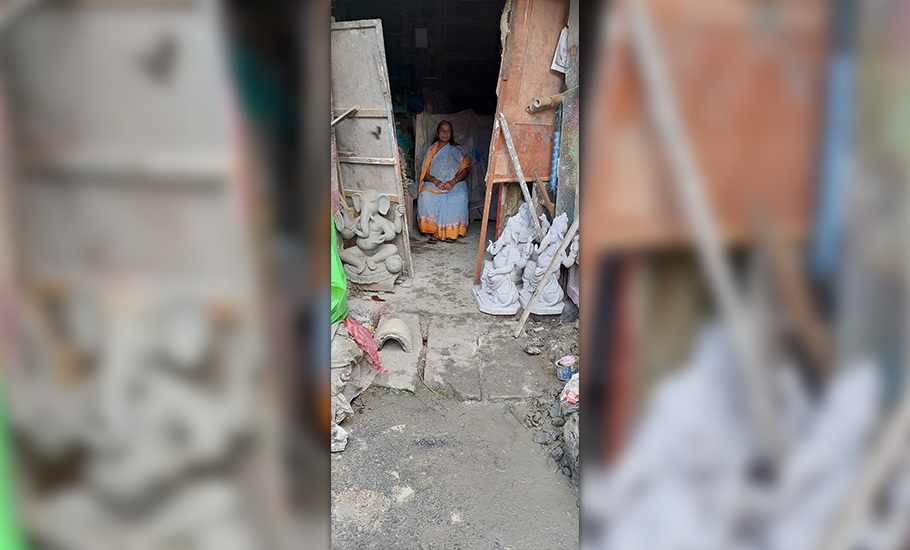
“As per the plan, the state government was to build residential flats with workshops on the ground floor of the apartments for the artisan families,” said Gobindo Pal.
“To showcase our work, it was also proposed to construct an exhibition centre and a museum. But the plan is now gathering dust amid other government files,” he rued. Unless the government does something and does it fast, Pal said, it would be difficult to preserve the dying art. And that would be the end of the divinity’s mortal connection.

